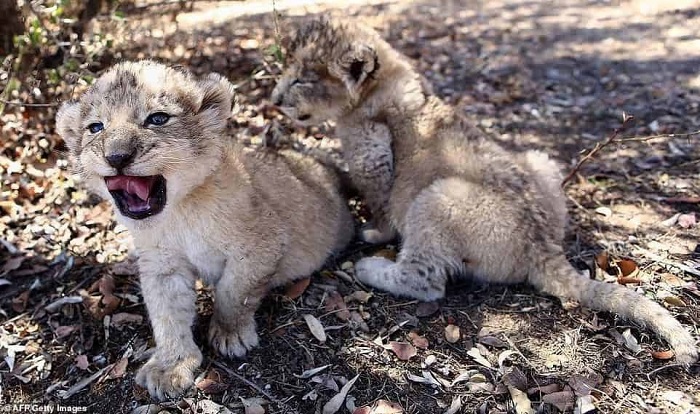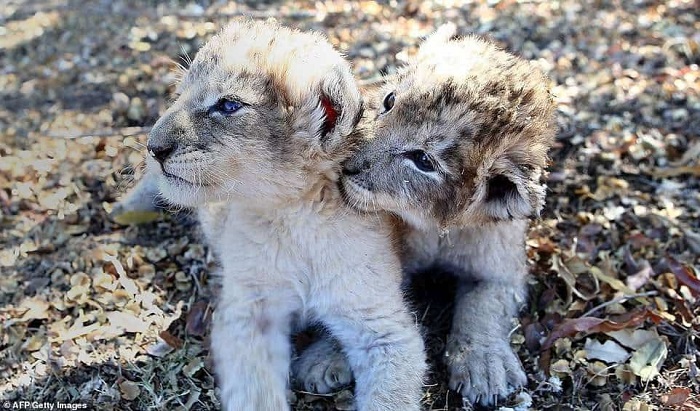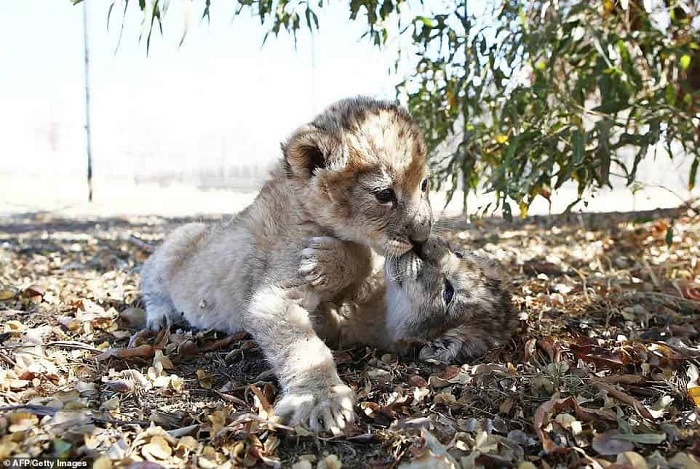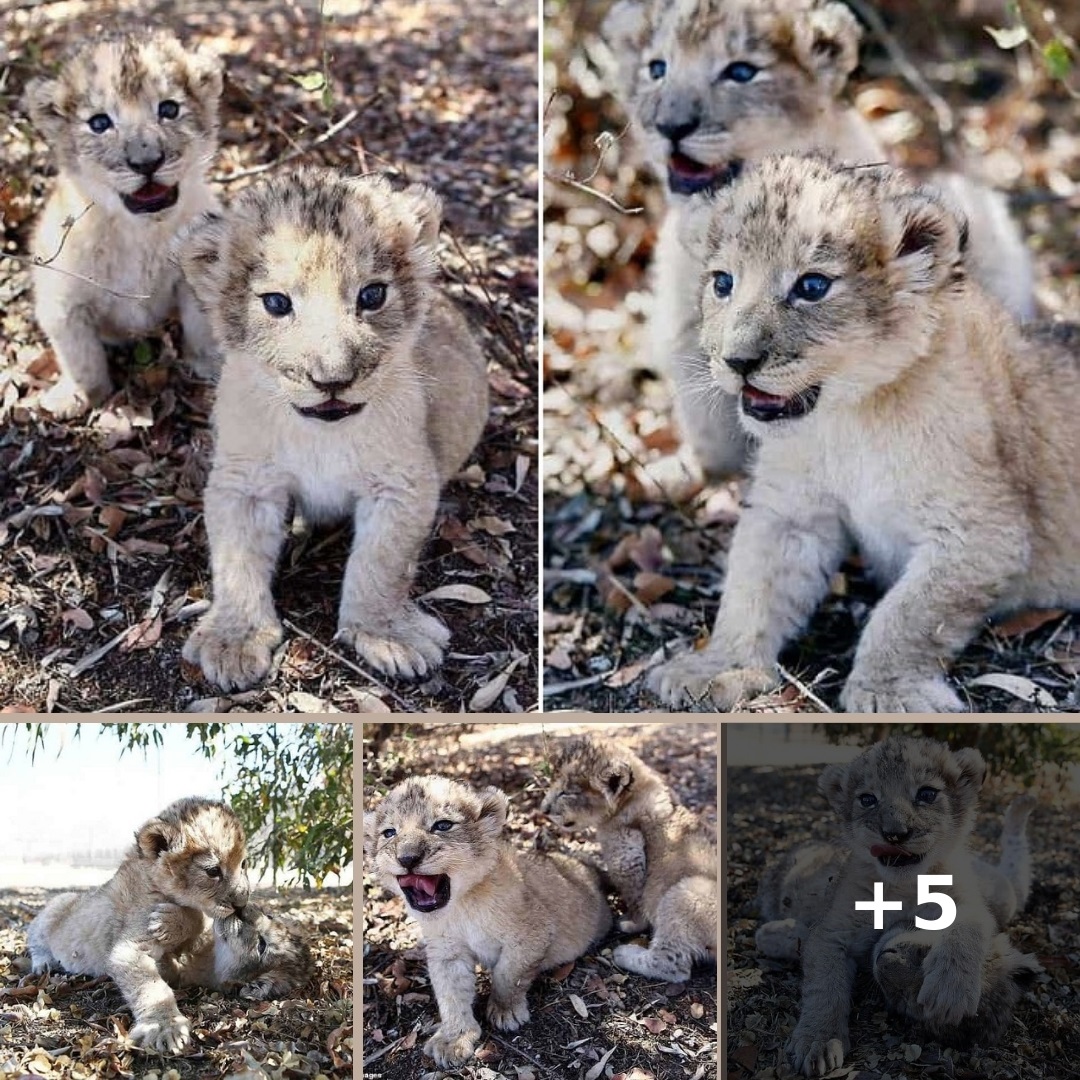In a remarkable development for wildlife conservation, Victor and Isabel, the world’s first lion cubs conceived through artificial insemination, were born at the Ukutula Private Game Conservation Center in South Africa.

Their birth represents a significant achievement in efforts to save lion populations, which have been declining alarmingly across Africa.
Lion populations have decreased by 43 percent over the past two decades, with these iconic animals disappearing from 26 African countries.

Today, only about 20,000 lions remain in the wild. This alarming trend underscores the urgent need for innovative conservation strategies.
The birth of Victor and Isabel followed 18 months of intensive trials, culminating in a successful procedure where Aysa, the lioness mother, was inseminated with sperm from a healthy lion.

This breakthrough in artificial insemination provides new hope for preserving lion populations and, potentially, other endangered big cats like tigers and snow leopards facing similar threats.
However, this development has sparked a debate within the conservation community. Some experts see artificial insemination as a crucial tool for conserving endangered species, while others raise ethical concerns about the captive breeding of lions in South Africa.

Critics argue that the industry sometimes prioritizes profit over genuine conservation, citing harmful practices like lion cub petting and canned trophy hunting.
Supporters of artificial insemination, however, stress its potential to enhance conservation efforts. By utilizing advanced reproductive technologies, researchers aim to protect the genetic diversity of lion populations and address challenges like habitat loss and human-wildlife conflict.

Victor and Isabel’s playful presence under the African sun symbolizes a beacon of hope for conservationists.
Their birth highlights the urgent need for collaborative efforts to protect the remaining lion populations, ensuring that future generations can witness these magnificent creatures roaming the African savannah.

